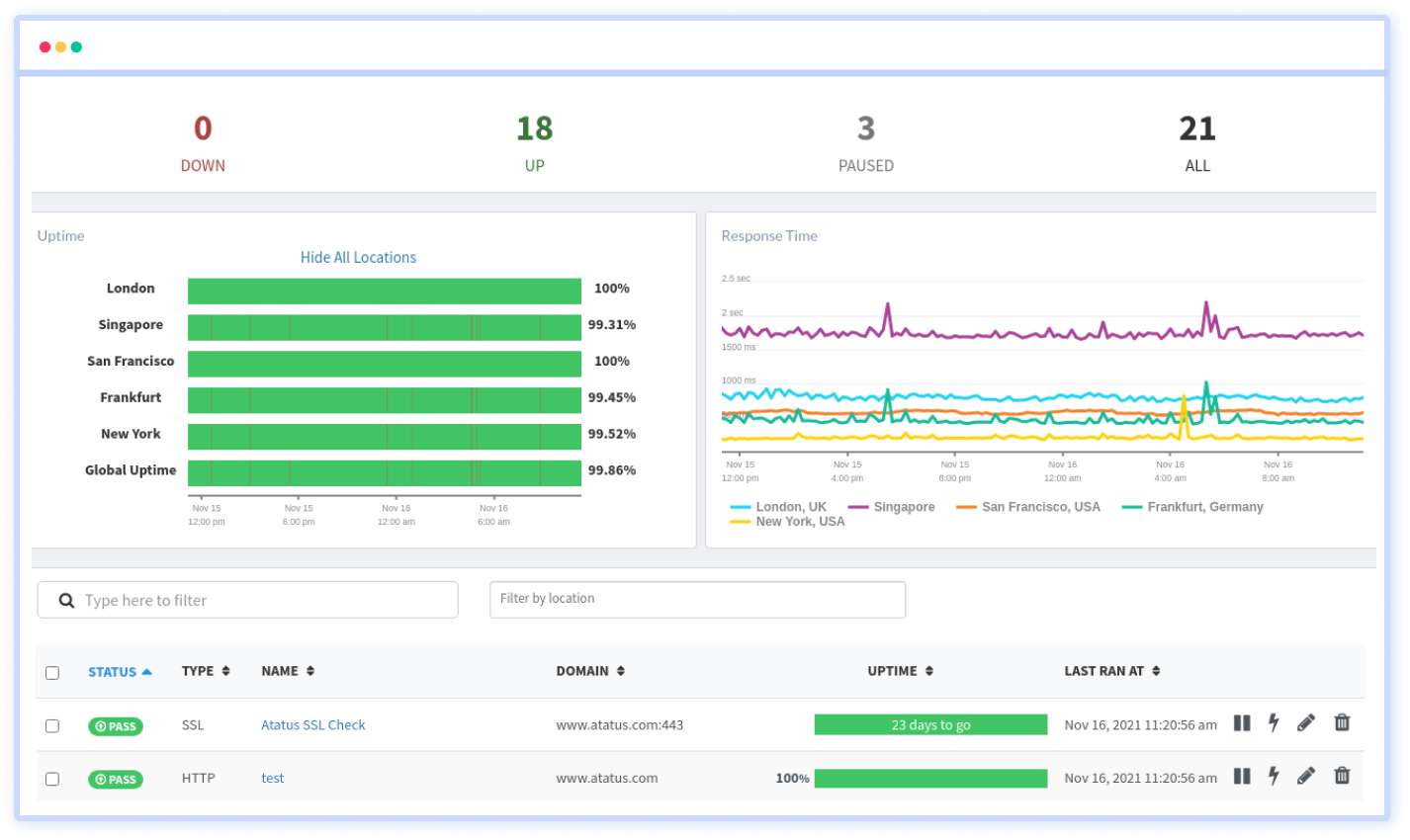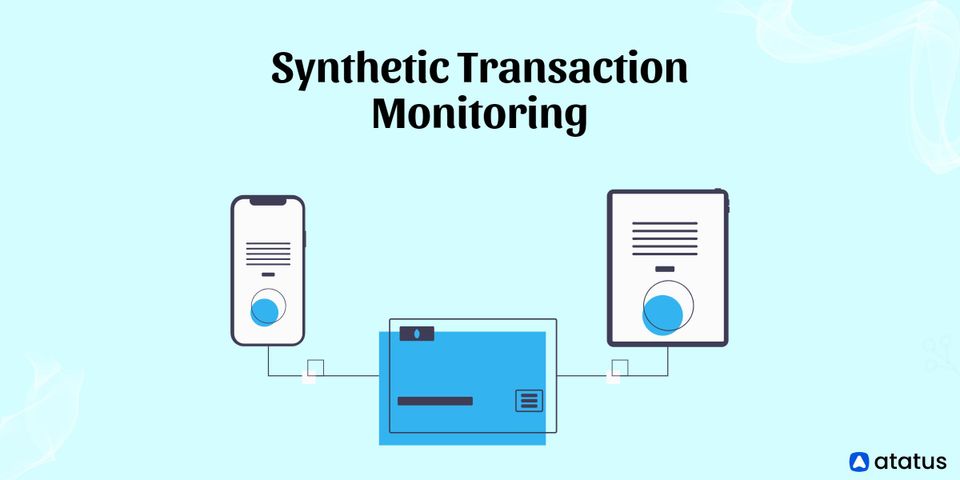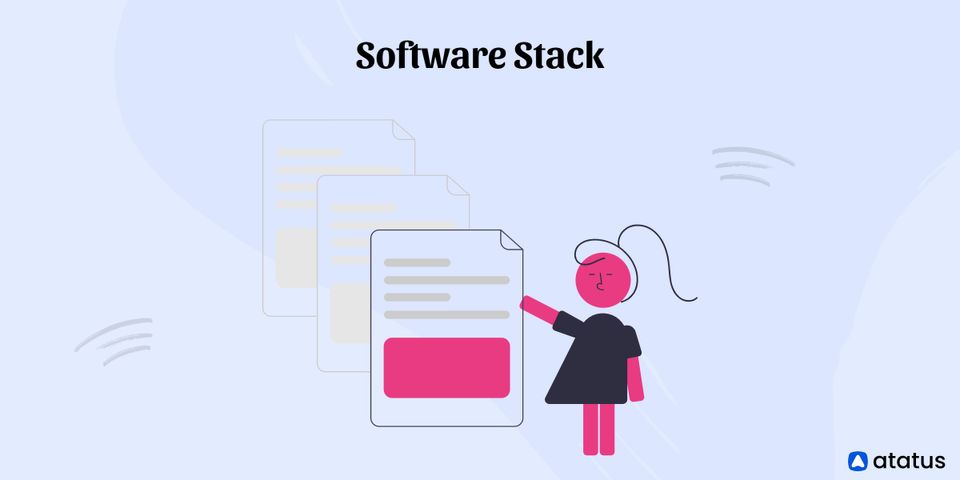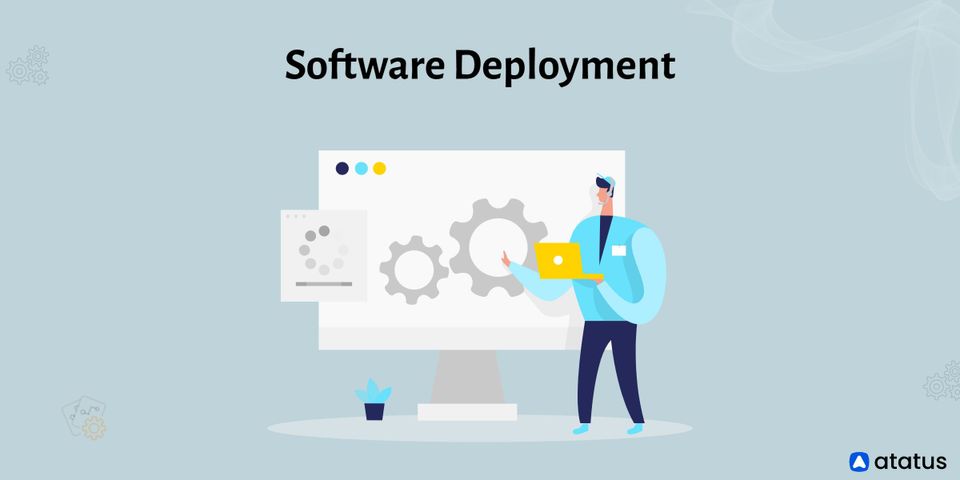Every company website contains a variety of internal and external elements that allow for signups, searches, suggestions, comments, payments, and more. To make a purchase, a customer should be able to quickly search for a product, choose features like color and quantity, enter a delivery address, and select from several payment options. Long delays or errors during any of the processes might have a negative effect on the purchasing process and cause cart abandonment. This is where businesses can benefit from synthetic transaction monitoring.
We will cover the following:
- What Are Synthetic Transactions?
- What is Synthetic Transaction Monitoring?
- How Does Synthetic Transaction Monitoring Work?
- Benefits of Synthetic Transaction Monitoring
- Use Cases for Synthetic Transaction Monitoring
- How can Synthetic Transaction Monitoring be Used Most Effectively?
- Why is Synthetic Transaction Monitoring Important?
What Are Synthetic Transactions?
Synthetic transactions are produced when scripts imitate the behavior of actual users of an application or website. These transactions are primarily used to test the functioning of updated applications before deployment, but they are also useful for assessing the performance of production systems.
For example, you could write a script to simulate how a person would access your website from a particular position. Additionally, any follow-up actions or navigations could be included in this script. In this scenario, you might use the script to verify that all users, regardless of their location or point of entry to your services, have clear access to specific resources. It could also be used to verify user permissions and roles.
What is Synthetic Transaction Monitoring?
A website monitoring technique called synthetic transaction monitoring is made to execute simulated tests or checks to follow crucial workflows or transactions comprising numerous steps. To keep track of activities like user registrations, logins, searches, comments, form fills, shopping cart checkouts, and more, administrators can put up a variety of checks.
By utilizing algorithms to observe application behavior while simulating future user interactions, synthetic monitoring actively evaluates the application and is beneficial for evaluating the uptime, performance, and response time of crucial pages during business transactions.

Traditionally, to simulate the steps or user experience in a transaction check, developers had to construct brief scripts. However, it is now possible to set up transaction checks without writing a single line of code due to modern synthetic transaction monitoring technologies.
How Does Synthetic Transaction Monitoring Work?
To simulate the behaviors of a real user, synthetic monitoring sends simulated, automated transactions from a robot client to an application. It can be used inside the firewall in the data center to ensure that all machines are operating properly or outside the firewall to gather data on performance and availability from a global perspective.
Every regular, predetermined time, such as every 10 minutes, these testing scripts and server calls are employed as monitoring tools. To more accurately gauge site responsiveness and availability, these can be sent from a synthetic monitoring client browser or several browsers located in various regions.
This gives a foundation for continuous server monitoring and application performance, even when user engagement is low. Furthermore, it can be carried out in a private testing environment before introducing a new feature because it uses test scripts to simulate an end user's clicks while completing forms, surfing, doing transactions, or playing online games.
Although only a little amount of resources are needed, simulating browsing cannot accurately represent the user experience. Simulated browsers can't navigate sophisticated, dynamic websites and can't deliver reliable data. However, it performs a great job of establishing a baseline and monitoring applications independent of website traffic or the time of day.
Benefits of Synthetic Transaction Monitoring
Here are a few of the many benefits of synthetic monitoring:
- Business Agility
Application infrastructure can be deployed to satisfy unplanned demand, seasonality, launch applications as competitive responses, or respond to an event. By using synthetic testing, you can be flexible with infrastructure that needs to be turned on at any time and roll out applications at the pace of your business. - Complex Application Monitoring
Businesses can simulate user transactions and processes between several applications due to synthetic monitoring. It helps in establishing a baseline and validating interactions for business-to-business web services utilizing REST & SOAP, or other web technologies. In terms of determining how well applications interact, it simulates complex actions like browsing a database, putting items to a card, signing in, etc. - Measuring Service Level Agreements
You can analyze trends and look for variances in peak and off-peak hours to improve your capacity planning by baselining and benchmarking data. Many businesses rely on third parties to host their applications, thus it's crucial to monitor SLAs. - Proactive Monitoring
It helps in figuring out how packets move between applications running locally or in the cloud and potential customers. Synthetic monitoring enables network teams to proactively identify issues and address any issues before users can notice and report them. - User Satisfaction at a Global Scale
With synthetic monitoring tools available everywhere, it is simple to understand the current state of customer happiness. In other words, you can always be aware of the status of the user experience due to the monitoring tests, which can be continuously repeated at regular intervals.
Use Cases for Synthetic transaction Monitoring
Utilizing scripted transactions, synthetic testing enables you to set up specific scenarios to find issues that can negatively impact your end-users. You can be informed of issues across a wide range of uses with the help of an active performance monitoring technique.

- Analyze Third-Party Performance
Today, most websites must include third-party services to streamline digital elements. Even though third-party applications are a useful addition to most online businesses, their integration can make it challenging to tell whether a technological problem is yours or theirs. Synthetic transaction monitoring can be used to test, monitor, and notify you of performance issues with these services. - Compare Against Competition
With synthetic transaction monitoring, you can set up scenarios to examine how your application performs over time and contrast that information with that of your rivals for a given time frame or geographic area. Develop an effective strategy for future growth by being able to recognize the strengths and weaknesses of your business. - Discover New Areas
Your application faces a special set of difficulties when it is introduced to new geography. You can be able to offer a faultless experience right out of the gate if you can test your product in a new place and assess the connection speeds in that area and how they affect your end-user. - Improve Customer Satisfaction
Your quality assurance team becomes your customers in the absence of synthetic monitoring. As a result, when a digital asset malfunctions, it either creates a bad impression of your company, resulting in the need for additional time, money, and resources, as well as dissatisfied customers. Utilize the chance to strengthen the weak points with synthetic monitoring to avoid upsetting end users. - Test Features
While maintaining a competitive edge in business requires innovation, introducing new features or applications can be scary due to the possibility of downtime or displeased consumers. Before a new feature is formally launched, synthetic monitoring provides a secure environment for testing web, mobile, or cloud applications.
How can Synthetic Transaction Monitoring be Used Most Effectively?
- Adjust Alerts
Businesses must track patterns over time to determine what is "normal" and modify their alert thresholds as necessary. They can differentiate between warning thresholds for local and global regions via synthetic transaction monitoring. - Apply Specific Website Monitoring Tools
Open-source tools can be used to build a synthetic monitoring setup, although doing so can be time- and labor-intensive. Commercial services, on the other hand, allow for the integration of real user monitoring (RUM) and synthetic monitoring and offer quick setup and superior outcomes. - Implement Role-Based Access Controls (RBAC)
Role-based access controls are an option for businesses in highly regulated industries to limit access to such transaction data and stop the intentional or unintentional exploitation of synthetic transaction libraries. - Recognize Various Reports
Web transaction data, performance reports, and uptime reports can only tell a story so much on their own. Businesses need synthetic transaction monitoring reports for thorough real-time assessments even though RUM data can be used to analyze a website's performance over time.
Why is Synthetic Transaction Monitoring Important?
A simple thing like a long page load time can lead to a lost transaction or customer in the age of immediate gratification and a variety of alternatives. Even seemingly unimportant technological problems can harm a brand's reputation and financial success when the competition is just a Google search away. A satisfying end-user experience is necessary for ongoing success.
Running an online business successfully requires application performance monitoring (APM), and e-commerce and high-traffic business service management (BSM) sites benefit greatly from synthetic monitoring.
It can be time-consuming and frustrating to try to identify vulnerabilities among the many moving parts of an online business. You can prevent this issue and evaluate whether the goals and promises of your service level agreements (SLAs) with third-party vendors are being honored by having the capacity to thoroughly test new applications before launching.
You may improve your online strategy and identify steps in the transaction process that aren't working as planned by being able to track, analyze, and simulate each click and swipe without having a negative influence on actual users.
Conclusion
As you can see, implementing synthetic transactions is essential for a great user experience on any website or application. Synthetic transactions ensure the integrity of the external endpoints and data that your application requests across all of its features, in addition to the health of your application in a production environment.
A library of expandable transactions that test both fundamental operation and performance under heavy loads is another advantage of synthetic transactions for development and pre-production QA testing. In other words, if you test releases using synthetic transactions before putting them into production, your releases will get better and better over time.
Also Read:
Information Security Management
Monitor your website 24x7 using Atatus Synthetic Monitoring
Atatus can simulate user interaction using Synthetic(Uptime) Monitoring to check the accessibility of your website or application. Atatus Synthetic Monitoring can perform different types of tests at the desired location, and different types of browsers across the globe.

The multistep API test enables you to examine all of your application's API endpoints and discovers any potential performance issues. By monitoring things like your HTTPs, DNS, servers, SSL certificates, TCP, and much more, you can catch errors before your customers do.
By simulating traffic in a particular location, synthetic monitoring enables you to simply ensure the performance, functionality, and availability of your website or service. To inform your team of critical errors, define alert conditions based on the number of failed locations and the number of retries.





